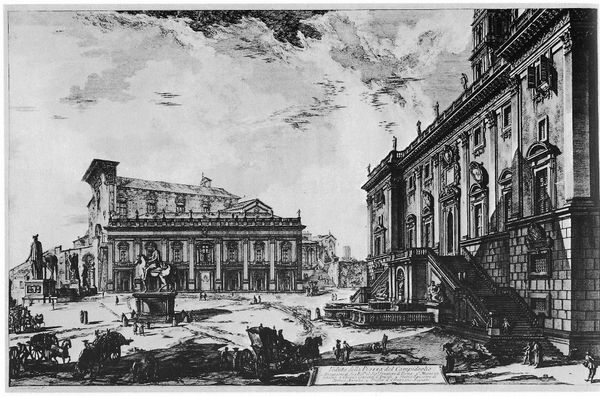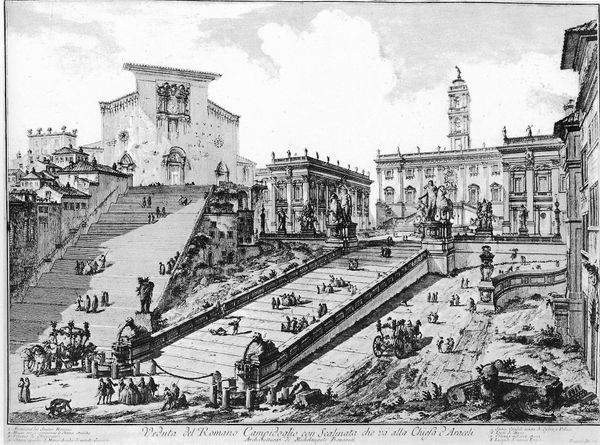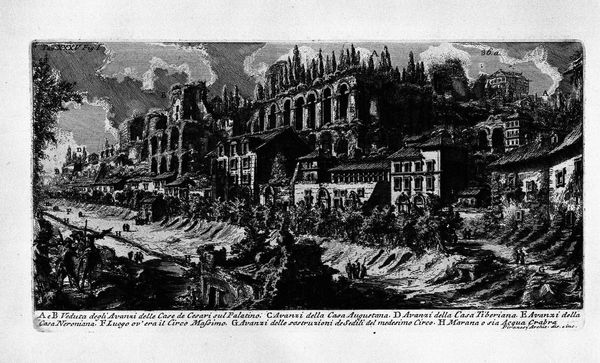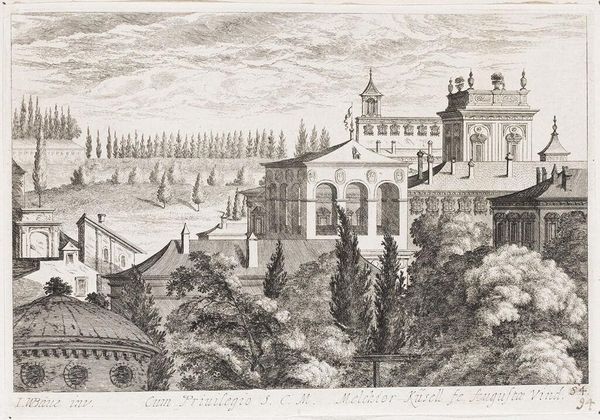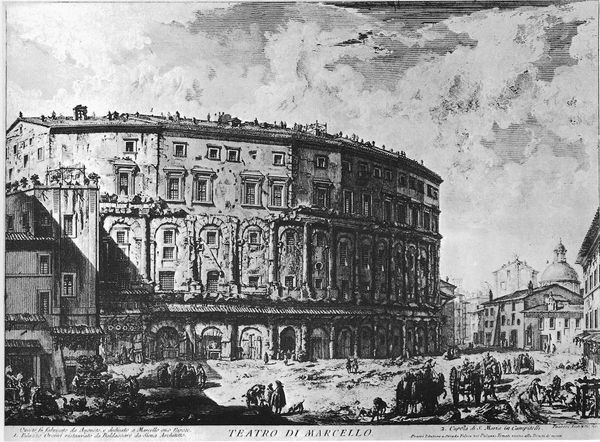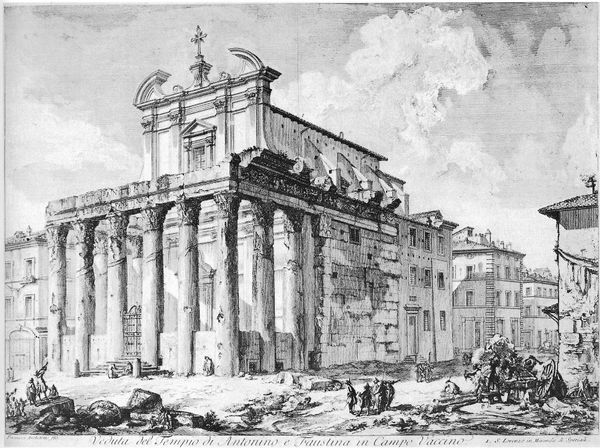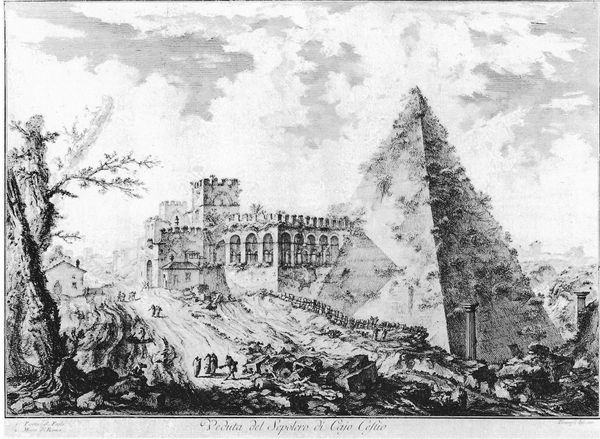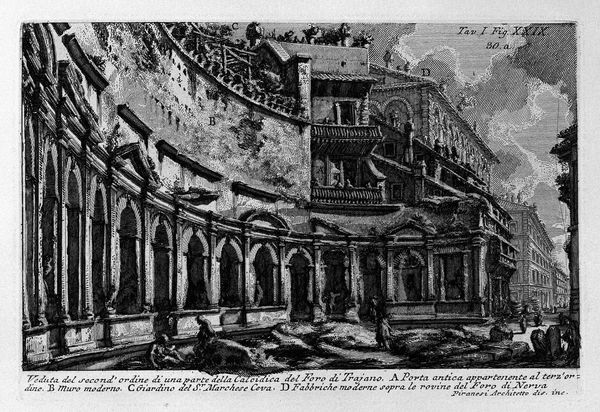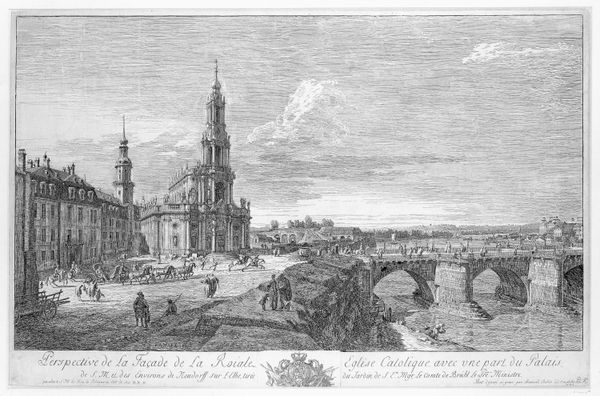
Copyright: Public domain
Bernardo Bellotto's "Dresden, the Ruins of the Pirnaische Vorstadt" is a copperplate engraving, a meticulous process involving carving lines into a metal plate, inking it, and pressing it onto paper. The very act of engraving transforms the ruins into a commodity. Here, devastation becomes a product, circulated and consumed by a public eager to witness, and perhaps even profit from, Dresden's misfortune. It is through Bellotto's labor, his skilled hand meticulously recreating the scene, that the ruins acquire new meaning. The sharp lines of the engraving capture the stark reality of destruction. The texture of broken stone, the weight of collapsed buildings, all rendered with precision. This wasn't just documentation; it was a transformation of trauma into art. Bellotto’s work reminds us that even in the face of utter destruction, the means of production persist, shaping our understanding of the world. The engraving stands as evidence of the human capacity to create and destroy, to rebuild and remember. It challenges us to consider the social and economic forces that shape both the physical landscape and its artistic representations.
Comments
No comments
Be the first to comment and join the conversation on the ultimate creative platform.
